A Comprehensive Look at Autism and Its Complications
Autism spectrum disorder (ASD) is a complex neurodevelopmental condition that affects millions worldwide. While primarily characterized by difficulties in social communication and repetitive behaviors, individuals with autism often face a multitude of medical, neurological, and mental health challenges. These complications can significantly impact their quality of life and pose barriers to social integration, education, and employment. This article explores the multifaceted complications associated with autism, emphasizing the importance of early diagnosis, comprehensive management, and ongoing research to improve outcomes.
Medical and Neurological Complications in Autism
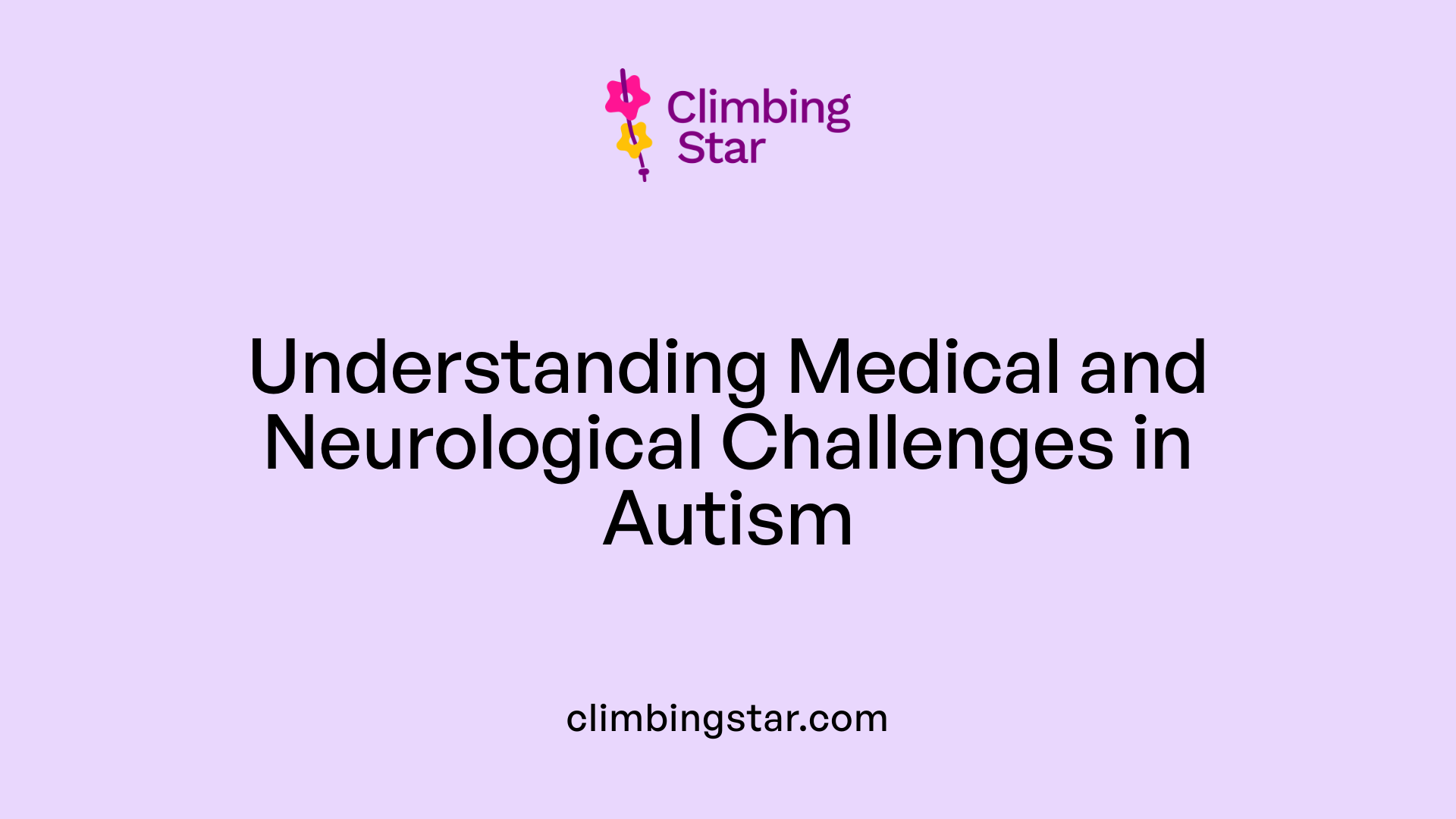
What are the common medical and neurological complications associated with autism spectrum disorder?
Individuals with autism spectrum disorder (ASD) often face a variety of health challenges that extend beyond social and behavioral differences. Epilepsy is a significant concern, affecting approximately 5-30% of autistic people. These seizures can take many forms, including unexplained staring spells, involuntary movements, and confusion. Many with autism also exhibit abnormal EEG patterns even when seizures are not present.
Gastrointestinal (GI) issues are highly prevalent among children with autism. Studies indicate that around 21% experience problems such as chronic constipation, abdominal pain, gastroesophageal reflux, and bowel inflammation. These conditions frequently correlate with behavioral issues like irritability or self-injury, and can significantly impair quality of life.
Sleep disturbances are common, with up to 80% of children and adults with autism facing difficulties such as trouble falling asleep, night waking, or poor sleep quality. These sleep problems are often linked to sensory sensitivities and disruptions in melatonin regulation.
Motor and sensory processing disorders also frequently occur in autistic individuals. These can manifest as stereotypies—repetitive movements or behaviors—coordination deficits, or dyspraxia. Sensory differences might cause hypersensitivity to loud noises or bright lights or, conversely, a diminished response to pain, heat, or cold.
Many individuals with ASD face co-occurring mental health conditions. Anxiety disorders affect around 17-26%, and depression is seen in roughly 7.5-20% of the population. Obsessive-compulsive disorder (OCD) is more common among adolescents and adults with autism, although symptoms can be difficult to distinguish.
What health risks are associated with undiagnosed autism and related neurodevelopmental disorders?
When autism or related neurodevelopmental conditions go undiagnosed, individuals are at higher risk for a range of health problems. They often experience increased rates of depression and anxiety, with some cases progressing to suicidal ideation. Sleep disturbances and gastrointestinal issues tend to worsen without proper management.
Neurological conditions like epilepsy may remain unrecognized, delaying treatment and increasing risk for injury. Autoimmune conditions and metabolic disorders, including mitochondrial disease and folate metabolism abnormalities, are also more common in those with autism.
Behavioral and mental health challenges such as impulsivity, mood swings, and aggression can go untreated, leading to social isolation, difficulties in education and employment, and higher incidences of substance abuse or offending behavior.
Furthermore, undiagnosed autism can result in missed opportunities for early intervention and support, which are crucial for improving long-term outcomes. Without appropriate diagnosis and care, the risk of lifelong health complications and reduced quality of life rises significantly.
| Aspect | Prevalence/Impact | Additional Details |
|---|---|---|
| Epilepsy | approx. 5-30% of autistic individuals | Seizures vary in type; may include staring spells, involuntary movements |
| Gastrointestinal issues | up to 21% in children | Constipation, reflux, abdominal pain common |
| Sleep disturbances | up to 80% | Difficulties falling asleep, night waking, impacted by sensory sensitivities |
| Mental health conditions | Anxiety (17-26%), depression (7.5-20%) | Often co-occurring, can further hinder development |
| Motor and sensory issues | common | Stereotypies, dyspraxia, hypersensitivity |
Understanding the wide scope of potential health issues associated with autism underscores the importance of timely diagnosis and comprehensive care. Early intervention can significantly reduce the risks associated with these medical and neurological conditions.
Behavioral and Developmental Challenges in Autism
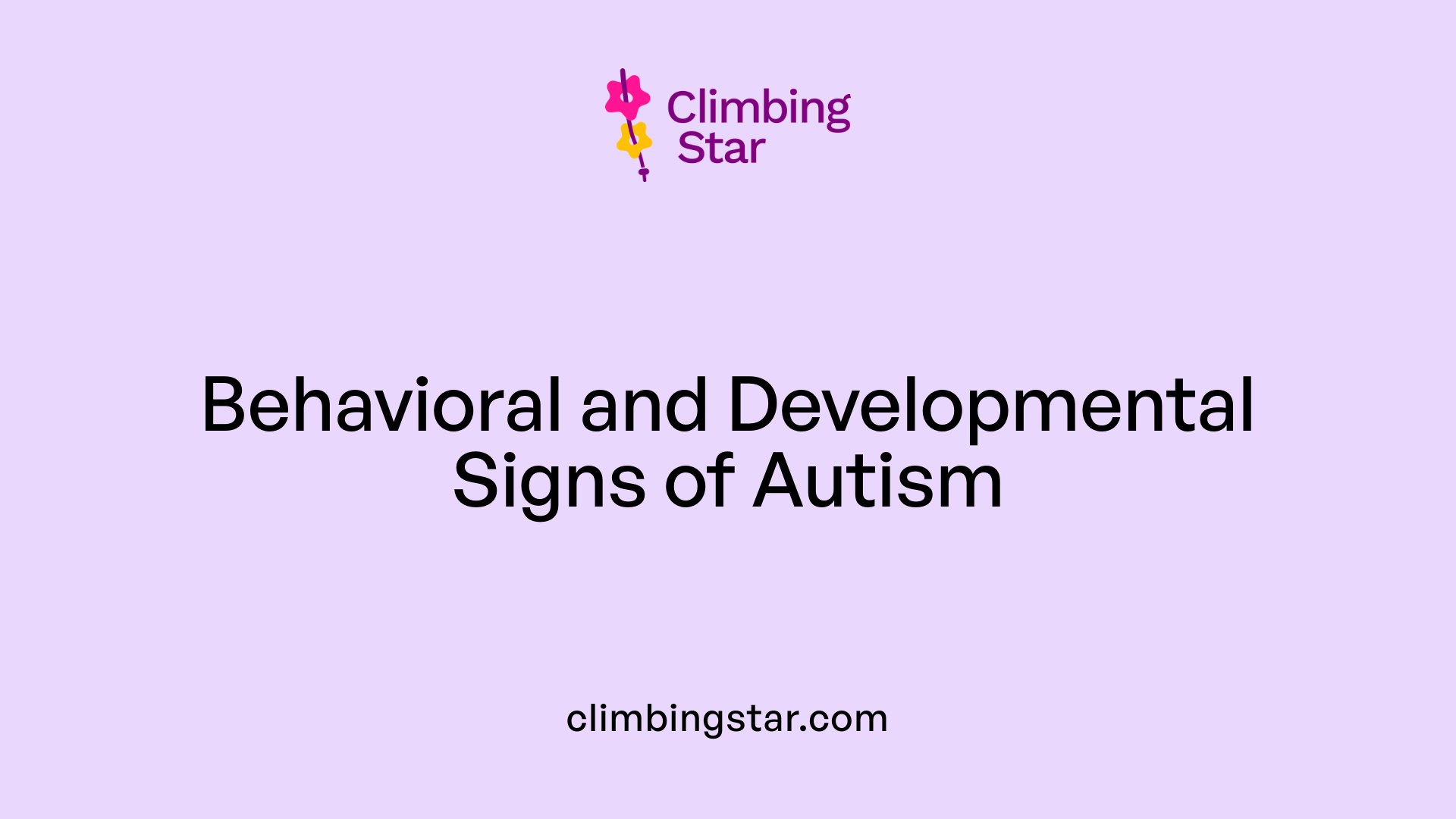
What behavioral and developmental challenges do individuals with autism typically face?
Individuals with autism spectrum disorder (ASD) encounter a variety of behavioral and developmental hurdles. They often struggle with social communication, finding it difficult to understand social cues, interpret gestures, or maintain eye contact, which can make social interactions challenging.
Repetitive behaviors and narrow, intense interests are common features. These behaviors include repeated motions such as hand-flapping or rocking, and a strong preference for routines and predictability. Such behaviors can interfere with engaging in social activities or adapting to changes.
Many individuals also face behavioral problems like aggression, self-injury, tantrums, and meltdowns. These behaviors can be triggered by sensory sensitivities or communication difficulties, especially when experiencing discomfort or distress.
Sensory processing issues are prevalent, with some individuals being hypersensitive to loud noises, bright lights, or textures, while others may under-respond to pain, heat, or cold. This can affect responses to everyday stimuli and influence behavior.
Anxiety, sleep disturbances, and mood swings are common co-occurring conditions that can worsen behavioral difficulties. For example, disrupted sleep patterns can lead to increased irritability and difficulty in self-regulation.
Effective management involves early intervention, which includes behavioral assessments, medical evaluations, and strategies that foster communication of discomfort or needs. Tailored therapies and routines help improve social engagement and overall well-being.
What are the early signs of autism, and how do they impact development?
Recognizing early signs of autism is crucial for timely intervention. Indicators often emerge within the first year, although some signs may appear later. Common early signs include not responding to their name or social overtures, limited or absent eye contact, and delayed speech or language development.
Infants and toddlers with autism may show a lack of interest in social interactions, such as not smiling back or engaging in shared play. Repetitive motions like hand-flapping, rocking, or lining up objects are also perceptible early on.
Resistance to routine changes and intense focus on specific interests can interfere with typical developmental milestones in socialization and learning. These early behaviors often lead to delays in communication skills, emotional regulation, and social relationships.
Early detection and intervention are essential to support brain development and mitigate future challenges. Strategies include behavioral therapies, social skills training, and support for caregivers to foster positive development outcomes.
| Aspect | Description | Notes |
|---|---|---|
| Social communication | Difficulty understanding social cues, limited eye contact | Affects forming relationships and learning social norms |
| Repetitive behaviors | Hand-flapping, rocking, strict routines | Can cause challenges in adapting to change |
| Routine and interests | Resistance to change, intense focus on specific objects | May hinder flexibility and social participation |
| Early signs in infants | Not responding to name, delayed speech, little eye contact | Indicators for early screening and diagnosis |
| Behavioral impacts | Aggression, tantrums, self-injury | Often linked to sensory issues or communication difficulties |
| Developmental delays | Slow social, emotional, and cognitive growth | Early support can improve adaptive skills |
Autism presents a range of developmental and behavioral challenges that evolve through childhood into adulthood. Understanding these signs and symptoms allows for early support, improving long-term outcomes for those affected.
Co-occurring Conditions and Their Impact
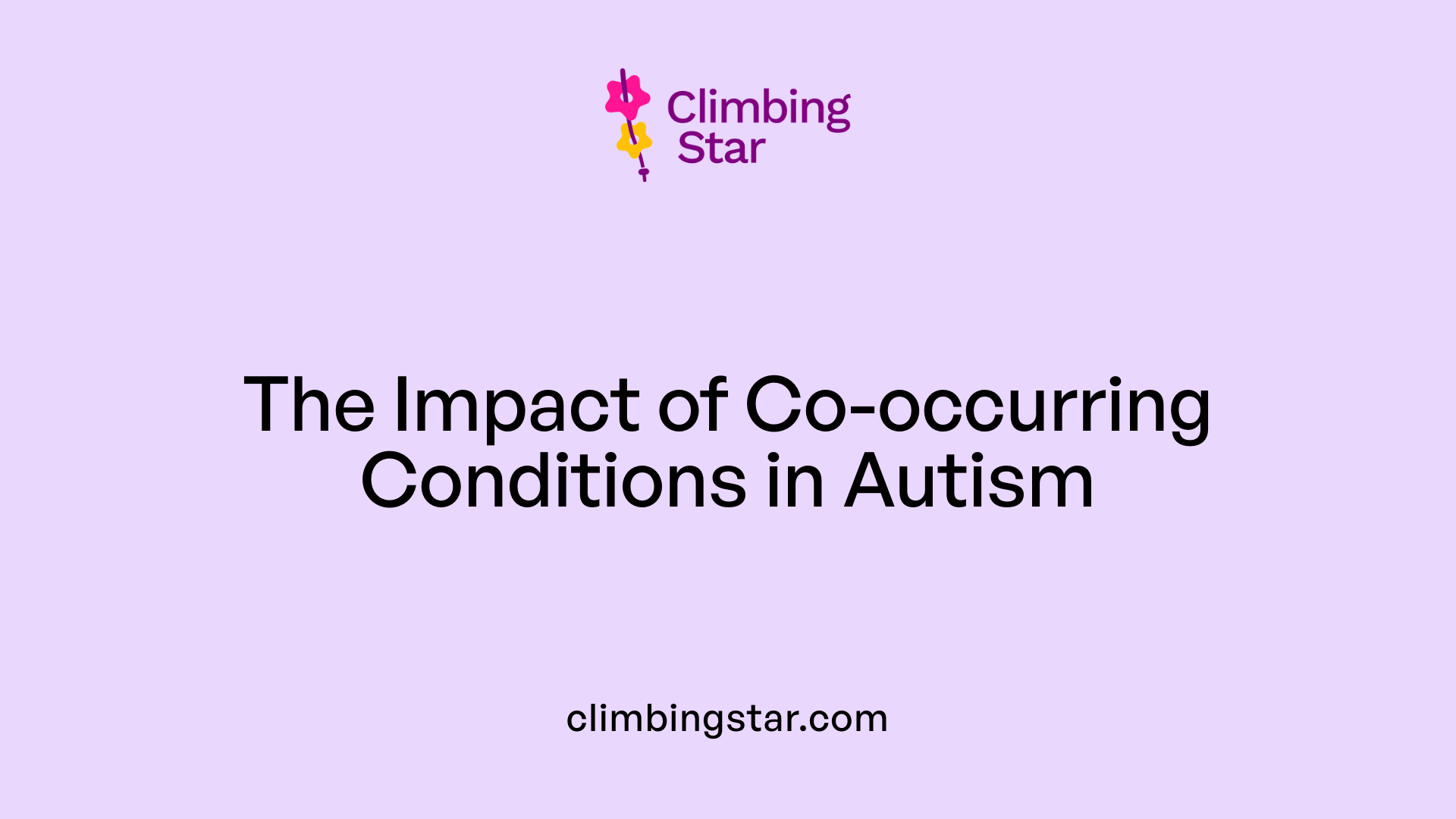
Are there common co-occurring conditions or comorbidities related to autism?
Autism spectrum disorder (ASD) often exists alongside a variety of other medical, neurological, and mental health conditions. Studies show that approximately 74% of individuals with autism have at least one additional condition.
Among the most common medical comorbidities are gastrointestinal (GI) issues, where about 21% of autistic children experience chronic problems like constipation, abdominal pain, gastroesophageal reflux, and bowel inflammation. These GI disturbances can contribute to irritability, self-injury, and behavioral challenges.
Neurological issues such as epilepsy are prevalent, with 5% of children and 12.1% of adults on Medicaid affected. Seizures may include symptoms like staring spells, involuntary movements, and confusion. Sleep disturbances are also widespread, affecting up to 80% of children and a significant portion of adults, leading to difficulties with daily functioning.
Mental health conditions are highly common among autistic individuals. Anxiety affects up to 84% of those with autism, often manifesting as social anxiety or generalized fears that interfere with social interactions and daily activities. Depression, with a prevalence of around 26% in adults and 17.1% in children, can result in feelings of hopelessness, irritability, and withdrawal.
Other psychiatric conditions frequently seen include Obsessive-Compulsive Disorder (OCD), bipolar disorder, and schizophrenia. OCD is more common among teens and adults with autism; difficulties distinguishing OCD symptoms from autism behaviors can complicate diagnosis. Bipolar disorder affects about 7.8% of children and 15% of adults, characterized by mood swings between mania and depression.
Schizophrenia, affecting approximately 8.1% of autistic adults on Medicaid, involves challenges in processing thought and language and may include hallucinations, which differentiate it from autism. Additionally, around 35% of individuals with autism have comorbid Attention-Deficit/Hyperactivity Disorder (ADHD), which includes attention challenges, hyperactivity, and impulsivity.
Medical and developmental disorders such as mitochondrial disease, fragile X syndrome, and tuberous sclerosis also frequently co-occur, contributing to complexity in diagnosis and management.
The convergence of these conditions impacts all facets of life—social, educational, occupational, and emotional—underscoring the need for comprehensive and individualized care plans.
Challenges Faced by Caregivers
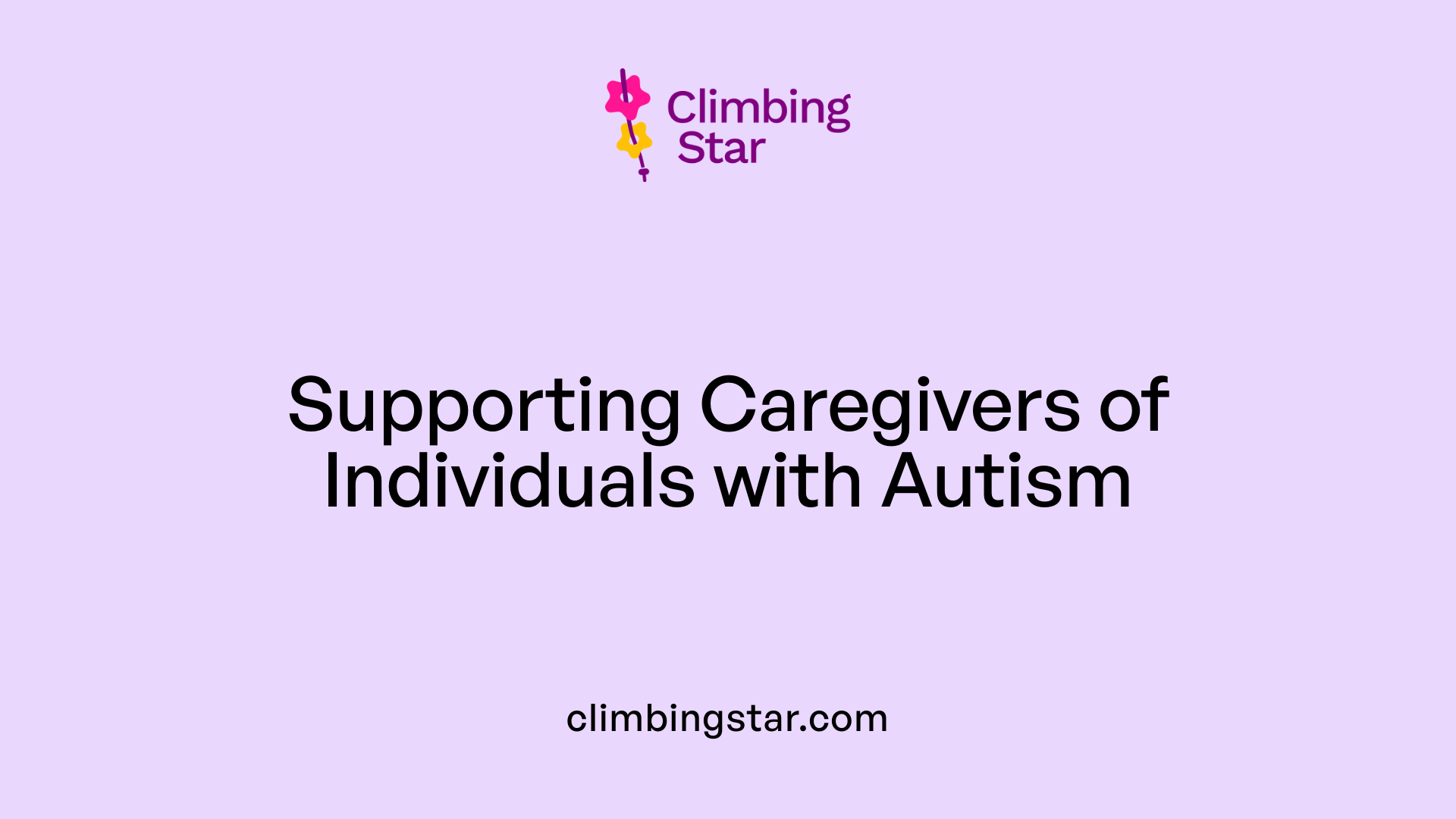
What are the challenges faced by caregivers of individuals with autism and related health issues?
Caring for individuals with autism and its associated conditions presents a complex set of challenges that deeply affect caregivers' emotional, physical, and financial well-being. Many caregivers experience high levels of stress and mental health issues such as anxiety and depression. The unpredictable behavior, communication difficulties, and sensory sensitivities of autistic individuals can make daily caregiving tasks exhausting and emotionally draining.
The financial impact is substantial. Costs related to specialized healthcare, therapies, educational supports, and sometimes placement in residential programs create a heavy economic burden. These expenses often lead caregivers to face unemployment or reduced work hours, exacerbating economic stress.
Physically, caregiving involves constant vigilance and managing behaviors that can be demanding, such as aggressive outbursts or wandering. Concerns about safety and the ability to promote independence add to caregivers' worries. They often fear for the future safety and well-being of their loved ones, especially as individuals age and require more support.
To cope with these pressures, caregivers rely on support networks, community resources, and respite care. Providing access to psychosocial support services and educating caregivers on behavioral management strategies can significantly improve their quality of life. Addressing societal misconceptions and increasing public awareness are also vital in alleviating some of these burdens.
How do these challenges affect the overall well-being of caregivers?
The cumulative effects of caregiving responsibilities can lead to social isolation, burnout, and physical health problems. Without adequate support, caregivers may struggle with maintaining employment or managing personal relationships. Recognizing these challenges is essential for developing policies and programs that support caregivers in nurturing both their loved ones and themselves.
| Aspect | Impact | Possible Support Strategies |
|---|---|---|
| Emotional health | Anxiety, depression, social isolation | Counseling, support groups, stress management programs |
| Financial stability | High costs, employment difficulties | Financial assistance, employment flexibility, educational resources |
| Physical demands | Fatigue, health issues related to caregiving tasks | Respite care, physical health programs |
| Safety and independence | Concerns about wandering, safety at home | Home safety assessments, training in behavioral intervention |
By understanding these challenges comprehensively, strategies can be tailored to improve caregiver resilience and ensure sustainable support systems are in place.
Early Intervention and Support Strategies
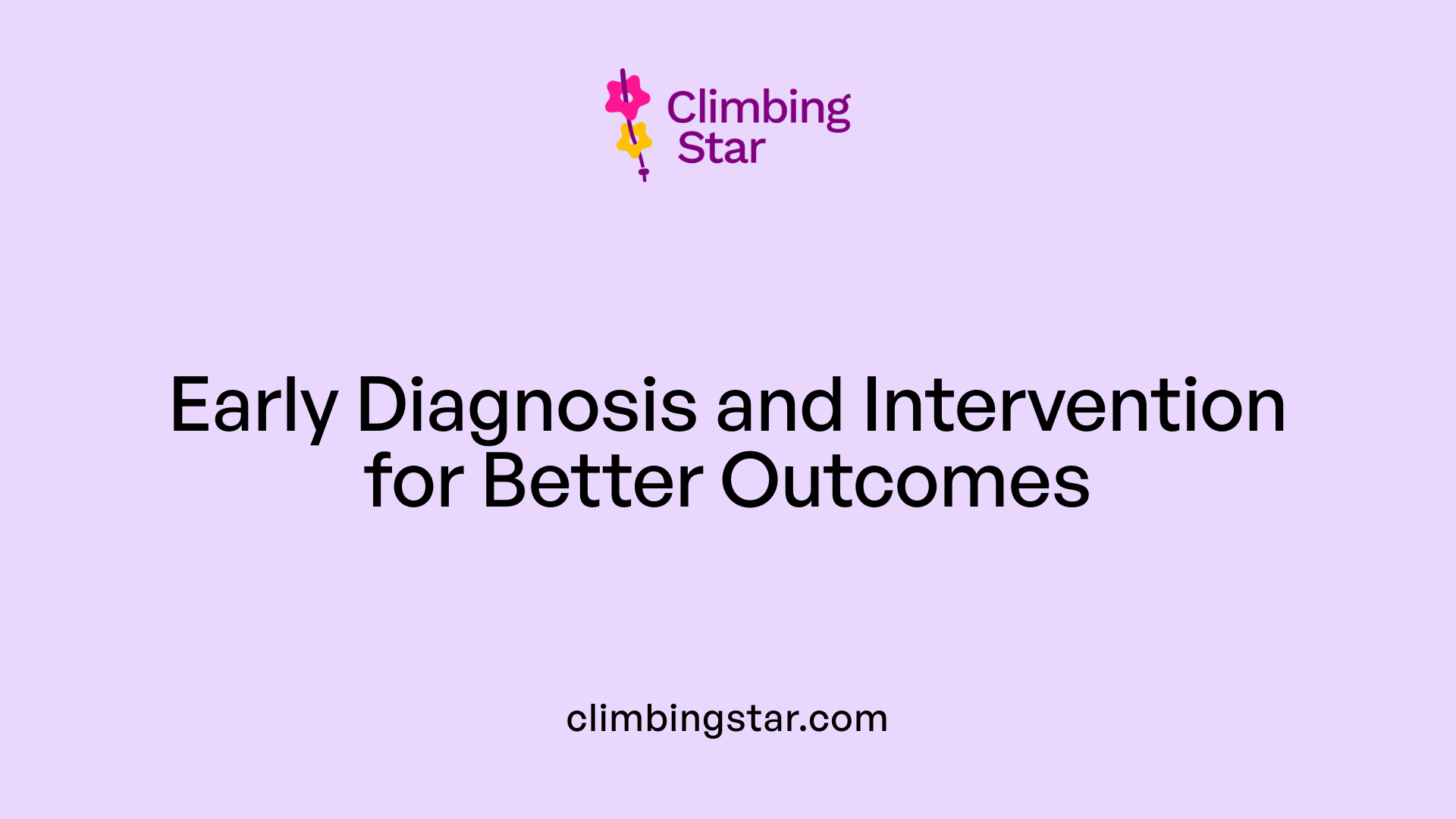
Why is early diagnosis crucial for autism?
Early diagnosis allows for timely intervention, which can dramatically influence developmental trajectories. Recognizing symptoms such as lack of response to name, limited eye contact, or repetitive behaviors within the first few years enables families and professionals to start support services sooner. Early screening tools and developmental assessments are essential, as there is no single medical test for autism.
How do behavioral and speech therapies help?
Behavioral interventions, like Applied Behavior Analysis (ABA), are tailored to modify specific behaviors and skills. These therapies promote communication, social interactions, and adaptive skills. Speech therapy is often incorporated to improve language abilities, helping children express their needs and engage more effectively with their environment.
Why is it important to address co-occurring conditions?
Many autistic individuals experience additional challenges such as anxiety, ADHD, epilepsy, gastrointestinal issues, and sleep disturbances. Proper diagnosis and management of these conditions can alleviate discomfort, reduce behavioral issues, and improve overall well-being. For example, treating epilepsy with appropriate medication can reduce seizure frequency, while addressing sleep problems with behavioral strategies can enhance daily functioning.
How can support be tailored to individual needs?
Every person with autism has unique strengths and challenges. An effective support plan considers these differences, incorporating therapies that target specific difficulties. For instance, a child with sensory sensitivities might benefit from sensory integration therapy, while another with communication difficulties may need intensive speech therapy. Adjustments are vital as individuals grow and their needs change.
Overview of autism understanding, diagnosis, symptoms, causes, and treatments
| Aspect | Details | Additional Notes |
|---|---|---|
| Understanding | Autism spectrum disorder is a neurological developmental condition affecting social and behavioral skills. | It is lifelong and varies widely in severity. |
| Diagnosis | Based on behavioral assessments; no medical test exists. | Early screening is key for better outcomes. |
| Symptoms | Social communication difficulties, repetitive behaviors, restricted interests. | Symptoms appear early, often identified by age 2 or 3. |
| Causes | Genetic factors, environmental influences; complex interplay. | Vaccines are not linked to autism. |
| Treatment Options | Supportive therapies like behavioral, speech, occupational; management of co-occurring conditions. | No cure exists, but early and tailored support improves quality of life. |
Impact of Early Intervention on Child Outcomes
Research emphasizes that early intervention can dramatically improve developmental, social, and communication skills. Initiating behavioral, speech, and occupational therapies soon after diagnosis harnesses the brain's plasticity in young children.
This proactive approach helps reduce behavioral issues, fosters learning of essential skills, and promotes better social integration. Customized support plans that address individual needs—such as sensory sensitivities or communication difficulties—maximize developmental progress.
In conclusion, early detection combined with targeted, personalized therapies provides children with the best chance at fulfilling their potential and leads to more favorable lifelong outcomes.
Emerging Research and Future Directions
What is the current state of research on autism-related health complications?
Research into the health issues associated with autism is progressing rapidly and becoming more detailed. Scientists are exploring the genetic, neurobiological, and environmental factors that contribute to these complications. Studies have pinpointed specific genetic profiles and biological pathways that vary among individuals, indicating that autism is a diverse condition at the biological level.
Environmental factors, such as complications during birth or exposure to certain medications like Pitocin during labor, have been linked to an increased risk of autism, especially when genetic vulnerabilities are present. This highlights the complex interaction of genes and environment.
Innovations in screening methods mark a new era in early detection. Developers are creating tools like video-based assessments and advanced neuroimaging techniques, including functional connectivity MRI (fcMRI), to identify autism earlier and with greater accuracy. Overall, the research aims to deepen understanding of how autism develops, inform more precise and personalized treatment options, and address existing disparities in diagnosis and access to care.
What are the latest advances in understanding, diagnosing, and treating autism and its complications?
Recent scientific breakthroughs have significantly enhanced our understanding of autism. Researchers have identified numerous genetic markers and neuroimaging signatures associated with different autism subtypes. These discoveries support the notion that autism is not a single condition but a spectrum with varied biological causes and developmental paths.
The search for reliable biomarkers, such as blood-based tests and neuroimaging scans, is gaining momentum. These tools could lead to earlier diagnosis and more accurate differentiation among autism subtypes, improving intervention timing.
On the treatment front, a shift toward personalized medicine is gaining ground. By analyzing an individual's specific genetic and neurobiological profile, clinicians can tailor behavioral therapies and medical interventions more effectively.
Technological innovations such as video-based assessments and fcMRI are bolstering diagnostic accuracy. The integration of these new tools promises better early detection, targeted therapy strategies, and ultimately, improved quality of life for those on the spectrum.
Future research directions
| Research Focus | Description | Potential Impact |
|---|---|---|
| Genetic and Neurobiological Studies | Investigate specific gene variations and brain pathways involved in autism | More precise subtyping and personalized interventions |
| Biomarker Development | Create reliable biological indicators for early detection | Earlier diagnosis and intervention |
| Personalized Treatment Approaches | Tailor therapies to individual genetic and neurobiological profiles | Improved treatment efficacy and outcomes |
| Addressing Disparities | Explore factors leading to unequal diagnosis and care access | More equitable healthcare solutions |
Research in autism continues to evolve, aiming to unlock the full spectrum of causes and craft tailored supports. Bridging scientific advances with clinical practice will enhance outcomes and address gaps in current care models.
The Path Forward in Autism Care and Research
Understanding the wide-ranging complications associated with autism spectrum disorder underscores the importance of early diagnosis, personalized treatment, and ongoing research. As our scientific knowledge deepens, so does the potential for developing more effective interventions and support systems. Addressing co-occurring health issues and alleviating caregiver burden remain critical components of comprehensive autism care. With continued advancements, the future holds promise for improving the quality of life for autistic individuals and their families, fostering greater inclusion and understanding.
References
- Medical conditions associated with autism
- Autism spectrum disorder - Symptoms and causes
- 5 Autism Complications That You Should Know
- Autism Spectrum Disorder (ASD) Symptoms & Causes
- Autism Spectrum Disorder - StatPearls
- About Autism Spectrum Disorder
- Other conditions that affect autistic people
- Risks Associated With Undiagnosed ADHD and/or Autism







